This post is also available in: Español (Spanish) Kreyòl (Haitian Creole)
Creating a space for children to thrive begins before conception. The Alaska Native Birthworkers Community (ANBC) does that by providing culturally-matched care from the very start.
The Community is a group of Indigenous midwives, doulas, breastfeeding counselors and healers organizing to reclaim Indigenous birth practices. This community-led organization provides culturally-matched care for Indigenous families from preconception through postpartum.
Helena Jacobs, co-creator of the organization, described the early stages of their organization as a small group of volunteers, who were practicing birthwork within their own small circles for family and friends, creating a patchwork of care for Indigenous birthing parents who traveled from their rural villages to Anchorage to give birth. These birthing people were often alone and in need of support.
The Community received their first grant in 2019 to host a full spectrum Indigenous doula training, which confirmed the need to increase the impact and presence of Indigenous birthwork practices. “So that fueled the fire to keep moving in that direction and find more opportunities to support our people waiting to reclaim these roles,” said Jacobs.
She and her fellow co-creators, including her sister Margaret David, continued organizing and fundraising to meet the growing demand from Indigenous families for this kind of care. With the help of structural and organizational support and funding, they have formalized a team of 11 people offering direct services to families, hosting trainings and building an ever-growing network of Indigenous birthworkers across Alaska.
Culturally-matched care
Describing culturally-matched care in practice, Jacobs said, “Operationally, it means we hire Indigenous birthworkers and, to the best that we can, we try to match families with the birthworker from the same cultural background.” Put simply, they are Indigenous people serving Indigenous people.
“We know our community and are grounded in our universal Indigenous values,” Jacobs said. “Sometimes it just means asking them about their own cultural practices and how we can uplift that and protect that for them.”
In addition to being a companion, guide and advocate in the birthing process, Jacobs loves to incorporate traditional Indigenous foods, books written by Indigenous authors, cultural practices, ancestral language tools and plant medicines to help root the process in their traditions. For example, she often smudges herself by burning sage or sweetgrass before entering the birthing space and asks the birthing person or family if they would like her to smudge the room before and after the birth.
A movement for revitalizing Indigenous practices
The need for this work is vital, and people are eager for the revitalization of Indigenous birth practices. In Alaska and throughout the nation, American Indian and Alaska Native (AIAN) mothers are 4.5 times more likely to die from pregnancy and childbirth related causes than white mothers. Furthermore, AIAN is the only racial group to not experience a decline in infant mortality in the last decade.
The effects of colonization and racism are significant in the way Tribal communities access healthcare. There is the burden of extensive travel for many birthing people living in Alaska’s Tribal communities, because they must travel by plane to Anchorage where the majority of primary care providers are located.
This results in longer hospitalization time, spending weeks isolated and totally disconnected from their families before, during and after giving birth. Jacobs described how disempowering it felt for her to walk into these Westernized medical spaces as a patient where “nobody looked like me or knew me, my family or the community, or came from our culture.” Experiencing childbirth in those spaces is a stark change from centuries of birthing practices rooted in community, connected to the lands, waters and ancestral medicines and wisdom of each place.
Jacobs said, “We’ve heard from a lot of people it’s just not a place where they feel safe or seen or heard. So sometimes when people ask us to show up, I don’t need to take anything out of my doula bag because all they need is for me to just be in the room and be a witness to the care that they’re receiving. And sometimes that care looks very different beginning with the moment that I walk into the room and there’s another person there who’s going to see what’s going on.”
Being able to provide a Indigenous birthworker in the room to support in whatever way is needed is transformational. Jacobs described the power of having somebody who knows them in their whole context in the community, not just through what’s in their chart, and can help advocate for treatment aligned with their values.
Changing systems
There is insurmountable value in connecting the community to the systems, especially in spaces where the systems weren’t built equitably with the community in mind. The Alaska Native Birthworkers Community received a grant from the W.K. Kellogg Foundation because of its aligned approach in building partnerships to advocate for systemic change and collective impact.
Offering leadership development through free access to training for current and aspiring Indigenous birthworkers, in order to expand this formalized Indigenous birth workforce who can confidently deliver culturally-matched care, enables these free direct services to be offered to birthing families from Tribal communities across Alaska. This allows birthing people to expand their network of support and feel connected to community and to healthy role models. Peer group support, such as the doula model, builds upon these protective factors and has demonstrated positive maternal child health outcomes, especially for people who have been systemically underserved.
Making a connection
Jacobs recalled a story about the first Indigenous mother she supported as a birthworker that was outside of her family and friend community. There was a teenage girl who was completely alone in her labor and delivery room in Anchorage. Jacobs remembered feeling nervous and worried that her credentials as a doula up until that point would not suffice in working with someone outside her immediate circle of family and friends.
She said, “I walked into the room and we introduced ourselves to each other and in that instant, all of my fear washed away and I could even see in her this almost sigh of relief like, ‘Oh, I have somebody here who’s going to be here with me.’ And it just really affirmed that just showing up, just being in the room, just holding that space, it’s such a sacred duty.”
“Even if I didn’t do any of the technical things, if I was there just to help her feel safe and to tell her how loved she is and what a good job she’s doing, and to encourage her, that would have been enough,” Jacobs recalls.
“Sometimes, the simplest act of love and kindness and service is what somebody needs.”

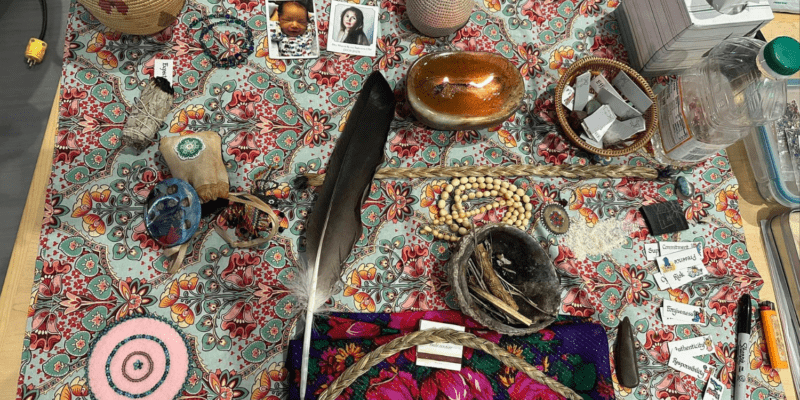
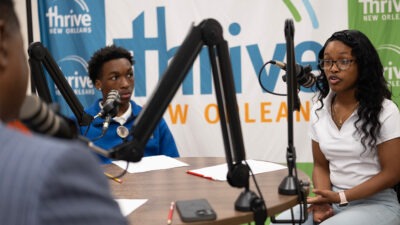

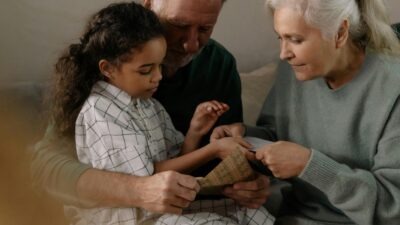
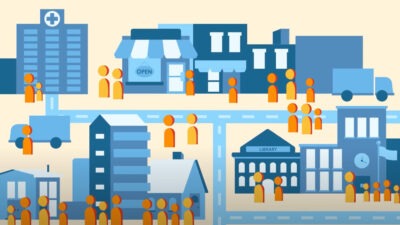
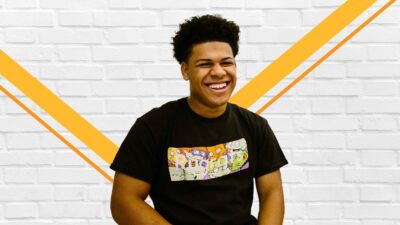

Comments